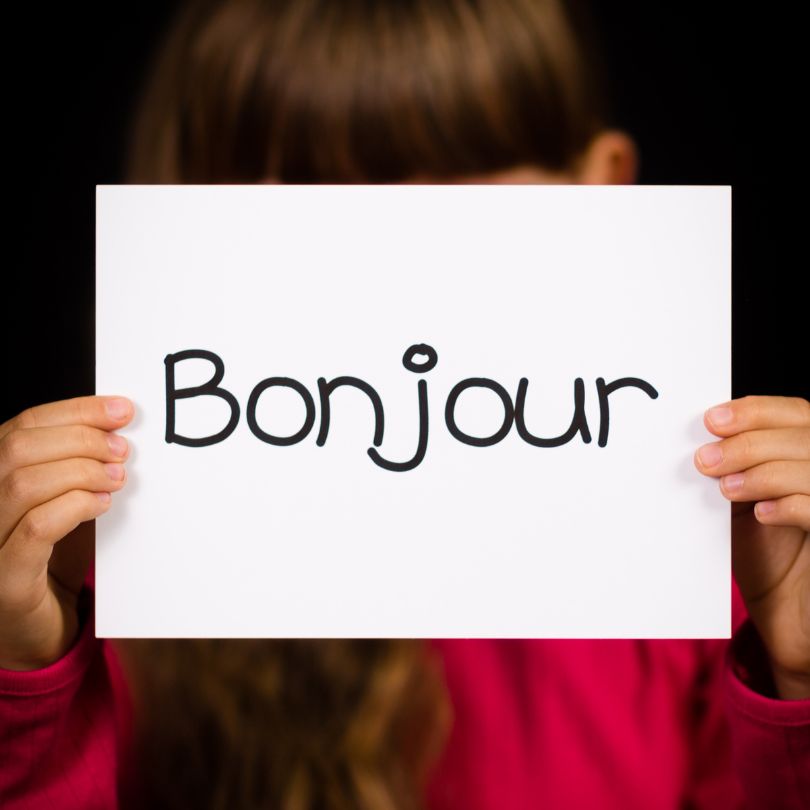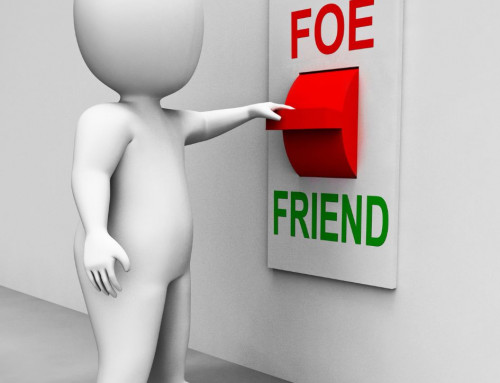Mastering Basic French Greetings: A Beginner’s Guide
Bonjour! Learning a new language can be intimidating, but mastering basic greetings in French is a great place to start. Not only will it help you navigate everyday interactions with French speakers, but it will also give you a sense of accomplishment and motivation to continue learning the language.
In this beginner’s guide, we’ll cover the most common French greetings and provide tips on how to use them in different situations. So, let’s get started!
Why Learn French Greetings?
Connect with French Speakers
by Vincent Branciforti (https://unsplash.com/@vfbranciforti)
Whether you’re planning a trip to France or simply want to connect with French speakers in your community, learning basic French greetings is essential. It shows that you have made an effort to learn their language and culture, and it can help break the ice in conversations.
Show Respect and Politeness
In French culture, greetings are an important part of showing respect and politeness. Using the appropriate greeting in different situations can make a good impression and help you build relationships with French speakers.
Improve Your Language Skills
Mastering basic French greetings is a great way to improve your overall language skills. It will help you become more comfortable with pronunciation, vocabulary, and sentence structure, which are all essential for learning any language.
Common French Greetings
Bonjour (Hello)
The most common and universal French greeting is “bonjour”. It can be used at any time of the day and in any situation, whether you’re meeting someone for the first time or greeting a friend.
Salut (Hi)
“Salut” is a more informal greeting and is commonly used among friends and acquaintances. It can also be used as a farewell, similar to “bye” in English.
Bonsoir (Good evening)
As the name suggests, “bonsoir” is used as a greeting in the evening. It is a more formal alternative to “salut” and is often used when meeting someone for the first time in the evening.
Comment ça va? (How are you?)
This is a common way to ask someone how they are doing in French. It can be used in both formal and informal situations and is a great way to start a conversation.
Ça va bien, merci (I’m doing well, thank you)
This is a common response to “comment ça va?” and is a polite way to acknowledge the question and answer it. You can also use “ça va” on its own to say that you’re doing well.
Enchanté(e) (Nice to meet you)
If you’re meeting someone for the first time, “enchanté(e)” is a polite way to introduce yourself and express pleasure in meeting them. It can also be used as a farewell, similar to “nice to see you” in English.
Au revoir (Goodbye)
“Au revoir” is a formal way to say goodbye in French. It is commonly used when leaving a formal setting or when you’re not sure when you’ll see the person again.
À bientôt (See you soon)
This is a more informal way to say goodbye and is commonly used among friends and acquaintances. It expresses the hope of seeing the person again soon.
Tips for Using French Greetings
Pay Attention to Context
by Phillip Glickman (https://unsplash.com/@phillipglickman)
When using French greetings, it’s important to pay attention to the context. For example, “bonjour” is appropriate for any time of the day, but “bonsoir” is only used in the evening. Similarly, “salut” is more informal and should only be used with friends and acquaintances.
Use Appropriate Titles
In formal situations, it’s important to use appropriate titles when greeting someone in French. For example, “bonjour, monsieur” (hello, sir) or “bonjour, madame” (hello, madam). If you’re unsure of someone’s title, it’s best to use “madame” or “monsieur” on its own.
Practice Pronunciation
Pronunciation is key when it comes to using French greetings. Take the time to practice and listen to native speakers to improve your pronunciation. This will not only help you sound more natural, but it will also help you be understood by French speakers.
Be Mindful of Gender
In French, the gender of the person you’re greeting can affect the way you say the greeting. For example, “enchanté” is used for men, while “enchantée” is used for women. Pay attention to the gender of the person you’re greeting and adjust accordingly.
Real-World Examples
Greeting a Friend
You’re meeting a friend for coffee in Paris. You would say “salut” when you see them and “ça va?” to ask how they are doing. They might respond with “ça va bien, merci” and you can say “enchanté(e)” if you’re meeting for the first time.
Greeting a Colleague
You’re starting a new job in a French-speaking company. You would greet your colleagues with “bonjour” and use their title, such as “bonjour, monsieur” or “bonjour, madame”. They might respond with “bonjour” or “bonjour, ça va?” and you can reply with “ça va bien, merci”.
Greeting a Stranger
You’re walking down the street and someone asks you for directions in French. You would say “bonjour” and they might respond with “bonjour, comment ça va?” You can reply with “ça va bien, merci” and “au revoir” when you part ways.
Conclusion
Learning basic French greetings is a great way to start your journey of learning the French language. It will not only help you connect with French speakers, but it will also improve your overall language skills. Remember to pay attention to context, practice pronunciation, and be mindful of gender when using French greetings. With these tips and examples, you’ll be on your way to mastering basic French greetings in no time. Bonne chance! (Good luck!)








